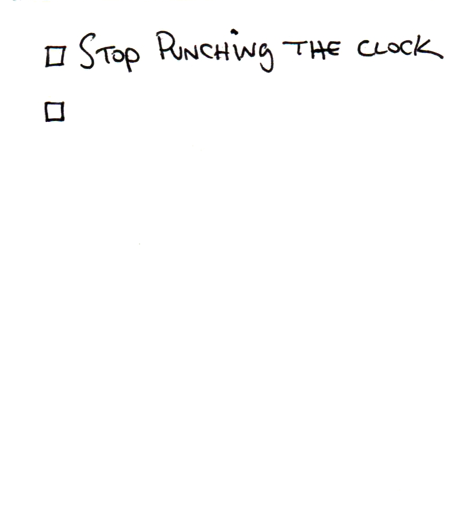- ‘Forward’
- ‘CC’
- ‘BCC’
- ‘Signature’
All of these elements are carry-overs from, not only an archaic communication model, but an extremely bureaucratic one. One where high value is placed on traceability and formality. I suspect those two concepts by themselves result in higher communicatations costs, reduced message volume, and higher default priority.
Do we have a communication interface that reflects our current world? One where communication is casual, informal, cheap, and 99.9% of it is unwanted, unactionable, and otherwise unnecessary?
Email’s IMAP protocol could still support this, it’s the interface on the client side that requires the most significant updating.
And I don’t mean echoing the interoffice envelope.




